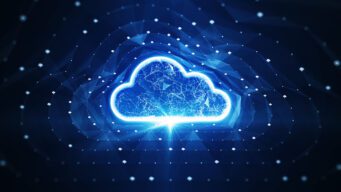At the start of 2020, we saw entire workforces transition to home working due to the COVID-19 pandemic. And for many Public Sector agencies that rely on paper processes for their day to day operations, the transition has not been easy.
With people out of the office, accessing older records – often on paper or microfiche – is not an option. Going into the office can mean temperature checks, masks and testing, if it is permitted at all.
What is the role of paper in our new normal?
While some records, such as transfers of title and marriage certificates, must remain in paper due to the legal requirements for wet signatures, most government forms do not. There is a trend starting where state and local government agencies are making the switch to provide services to their constituents electronically.
In the coming years, most forms will become electronic. But what about the massive amount of paper and microfilm/microfiche currently sitting in office cabinets or storage? How will teams be able to find all the records for Freedom of Information Act requests or legal orders while working from home?
Public Sector agencies should digitize their records as quickly as possible and store them within an Enterprise Information Management solution where their staff and constituents can access them on the new electronic platforms. IDC says EIM is the foundation of Future of Work for the public sector.
But beyond just searching for records, by converting the paper and microfilm to digital documents, public sector organizations will be able to apply artificial intelligence and reporting tools to see trends over the last century, all while working remotely!
Protecting data through digitization
Eventually, data will become lost if paper and microfilm documents are not digitized, and with the workforce transformation happening, now is the time to digitize documents. But how to start? OpenText™ Professional Services recommends focusing on the most frequently accessed documents (such as engineering drawings, patient records, birth certificates) or those that are required for day to day operations (such as titles, deeds) first. With the current workforce working remotely, you need to get your employees their data. Then, create a project to digitize the remainder backlog. This is key for having complete records preservation and future AI and reporting tools usage.
For this digital journey, consider partnering with an organization that has extensive experience in converting paper and microfilm to electronic records. As the leader in EIM, OpenText™ Professional Services partners with a huge range of government agencies around the world to convert their paper, microfilm and microfiche to electronic documents. Learn more or contact us.




